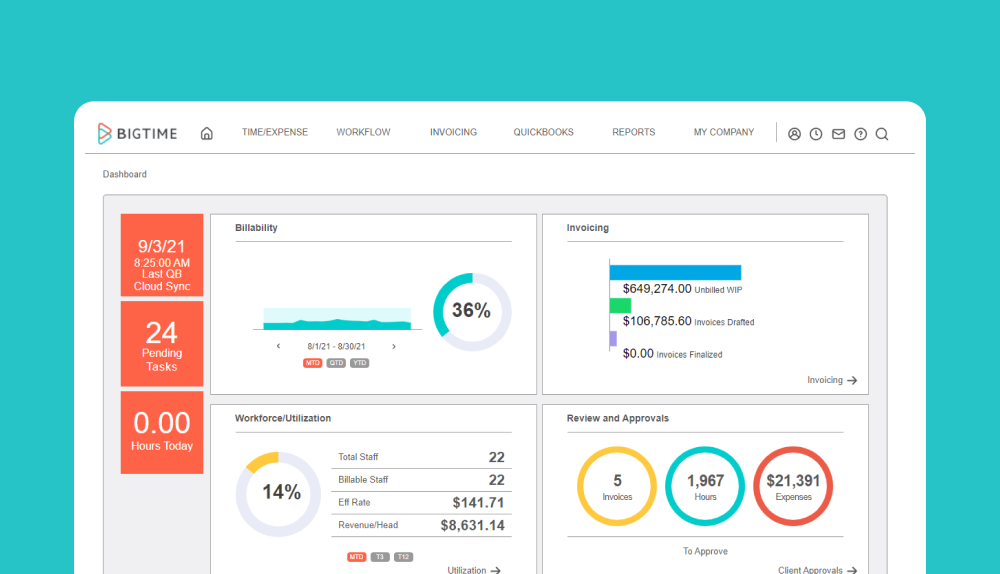
The way we work has changed. These days, our co-workers are just as likely to be on-site as they are to be off-site, and more are working remotely with each passing year. Since 2005, the number of US employees who work remotely has grown by 173%, and as much as “40% of the workforce works remotely” on occasion.
It’s clear that how we work has changed, but it might not be as clear that how we manage remote teams has to change, too. According to a study by the Harvard Business Review, off-site workers “feel their colleagues don’t treat them equally” to their on-site counterparts, which can divide your workplace.
If you want a better way to manage your remote employees, start by acknowledging that they have needs that are unique from their on-site co-workers, and begin thinking of what you could do to include them. Here are some tips to get you started down the right path.
Before Anything, Set Boundaries and Expectations
Remote workers don’t have the same established boundaries between work and personal time that on-site workers have. For them, the dividing line might not be as obvious. Let your remote employees know, from the start, when and how your firm expects them to work.
You’ll have to agree on when work hours are, how to communicate, and the best way to hold meetings. Be sure to ask for their input, showing your on- and off-site employees that their contribution to the team is always equally valuable, even when they’re remote.
Build Trust
Make it a point every day to get to know your team on a personal level, no matter how far away they are, or how often you meet in person. For your remote employees, this might take extra effort since you don’t share a physical workspace, but setting a strong foundation is worth your time.
When you meet with off-site team members, whether it’s a phone call or over video chat, make sure you take the time to build trust through casual conversation. Ask about their families, pets, and plans for the weekend. It’s so simple, but it makes every employee feel welcome and trustworthy.
Do Anything You Can to Communicate Clearly
In an office setting, a lot of good information gets lost due to bad communication, and even more could be lost when your team is remote. Once you’ve built the necessary trust, keep your lines of communication open to your employees, and encourage them to contact you frequently and casually.
Let your off-site workers know how often you expect to communicate, how soon you expect a response to calls and emails, and when you’re available. One of the best things a manager can do is to set up a time to have a check-in meeting with remote workers, and stick to it, no matter what.
Make Yourself Available
Remember that your off-site team members can’t see when you’re in your office, or when you’re on a call, or if you look too busy to disturb. Set aside a regular time every week when you’re available to any remote employees that could benefit from some one-on-one time.
One smart management practice is to dedicate some time when you’re regularly available to remote workers for face-to-face meetings through video chat. During that time, your off-site team always knows that you’re available to them, just as your office door is open for on-site team members.
Trust the Talent You Hired
Sometimes, it can be hard for managers to let go, and to fully put their trust in an off-site employee. We’re all guilty of wanting to encourage our team members to do high-quality work. But before a remote team can perform at their best, they have to know their manager trusts in them, and in their talent.
Challenge yourself to give your remote employees work assignments that give them a chance to do their best. Trust them with work that addresses their unique abilities, and that gives them room to grow in your firm, so they’ll feel not only welcome but also vital to the firm’s success.
Invest in the Right Tools for the Job
Once your remote team is ready to work at its peak, make sure they have every tool they need to organize their projects, and to keep you updated on their progress. In particular, a top-tier project management software enables your team to track every task for every project, from anywhere in the world.
Your remote team could use a project management software to stay in touch, to keep an eye on project budgets, and to manage project resources. If your firm is ready for an adaptable, cloud-based software that can help you manage remote teams, please request a free demo of BigTime today.



